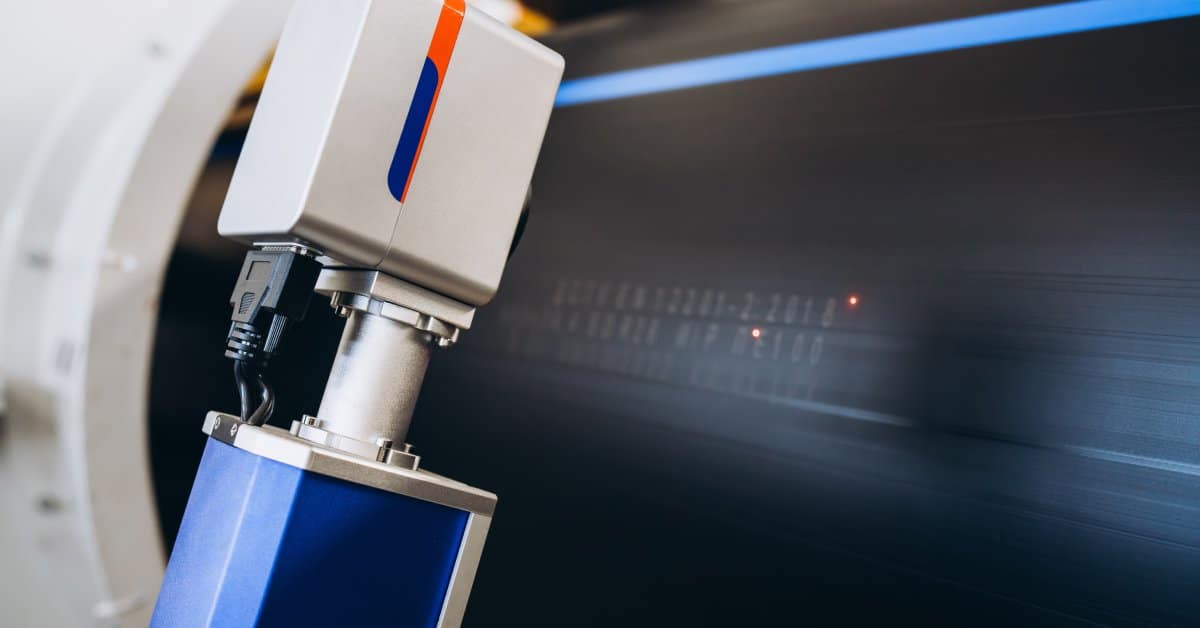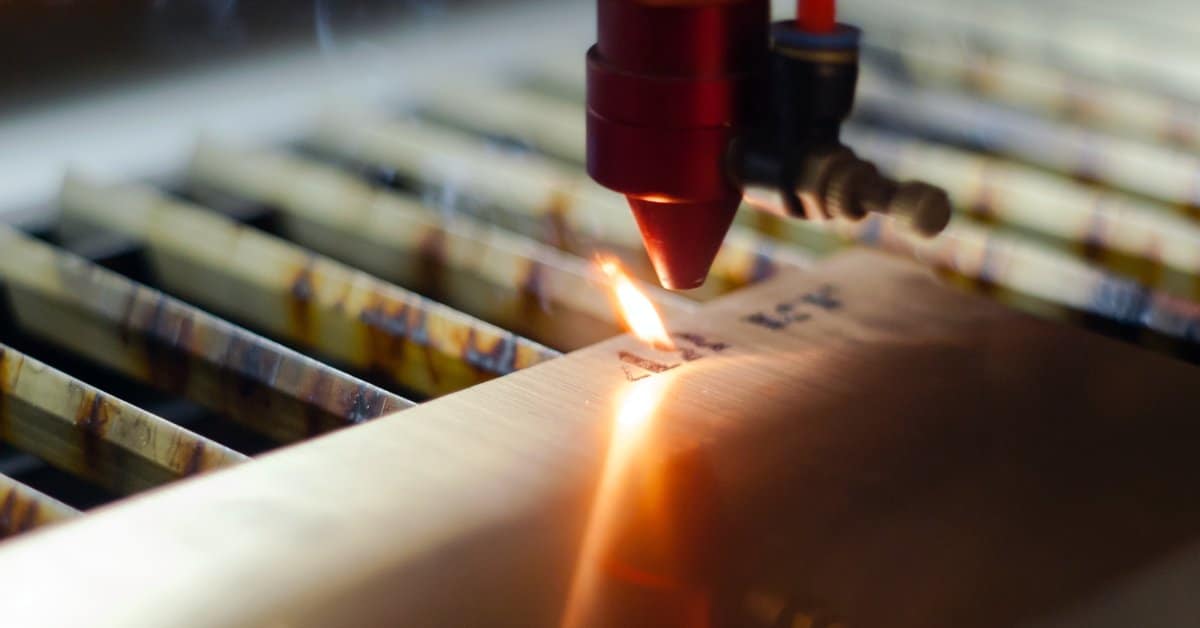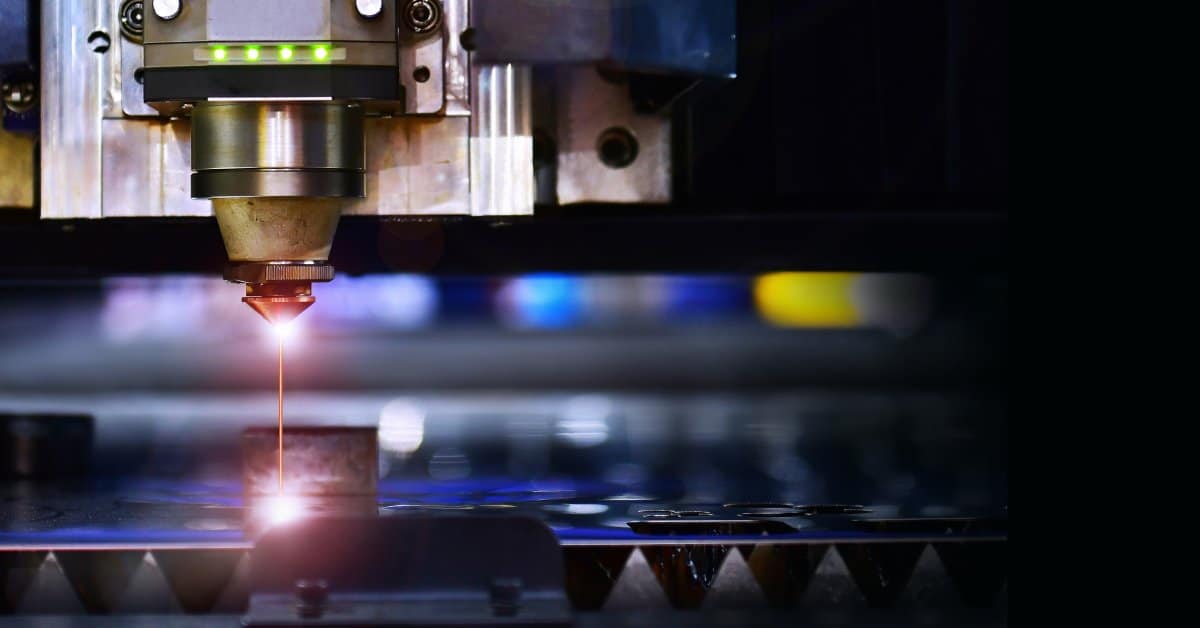An Overview of the Different Types of Laser Marking

Precision, durability, and efficiency are paramount to modern manufacturing. Laser marking has made great contributions to these aspects. But what is laser marking, and why is it so crucial for manufacturers?
Our overview will break down the different types of laser marking, their advantages, and their applications across various industries. Then, you’ll understand why laser marking is a game-changer and how to choose the right technology for your needs.
Introduction to Laser Marking
Laser marking is a modern, precise method to label materials with information such as serial numbers, barcodes, and logos. This technology employs a focused laser beam to modify the surface of an object permanently and create legible marks.
Laser marking does not involve any physical contact with the material, making it a non-invasive process. It ensures traceability, enhances product aesthetics, and complies with regulatory standards. The ability to produce high-quality, permanent marks on various materials—metals, plastics, ceramics, and glass—makes laser marking indispensable in modern manufacturing.
Types of Laser Marking
Laser marking encompasses various techniques suited for different materials and purposes. Our overview of the different types of laser marking includes annealing, carbon migration, foaming, and coloration.
Annealing
Annealing is a laser marking technique for use on metals like stainless steel and titanium. The laser heats the material to a high temperature without melting it, causing a color change from oxidation. This process can achieve high-contrast marks on metals, which are not only visually appealing but also resistant to wear and corrosion.
The benefits of annealing include its ability to produce marks that do not alter the surface’s texture or damage the material. Annealing is ideal for the medical, aerospace, and automotive industries, where maintaining the integrity of the material matters most.

Carbon Migration
Carbon migration involves the rearrangement of carbon molecules in metal alloys, resulting in a dark mark on the material’s surface. This process is particularly effective for creating high-contrast, permanent marks on stainless steel and other metals.
The primary benefit of carbon migration is its ability to produce durable, legible marks that withstand various environmental conditions, such as extreme temperatures and corrosive environments. It’s ideal for industries like automotive, aerospace, and industrial manufacturing. In these fields, components face challenging conditions and require clear, lasting identification for traceability and quality control purposes.
Foaming
Foaming is ideal for marking plastics and some metals by generating gas bubbles within the material’s surface. This process results in a frosted or white appearance that contrasts with the underlying material.
One of the key benefits of foaming is its ability to produce high-contrast marks on dark surfaces, making it useful for applications where readability is crucial. Additionally, foaming does not compromise the material’s structural integrity, ensuring the durability and functionality of the product remain intact. The electronics, automotive, and consumer goods industries use this technique for precise identification marks, quality assurance, traceability, and brand recognition.
Coloration
Coloration is a sophisticated technique that achieves colored marks on materials by adjusting the laser parameters, such as frequency, pulse duration, and power. This method modifies the surface characteristics of the material, inducing an optical effect with different colors.
One of the primary advantages of coloration laser marking is its ability to produce detailed, aesthetically pleasing, multicolored images, symbols, and text without using any dyes or adding substances. This technique is especially beneficial for product appearance and branding in the consumer electronics, luxury goods, and medical devices industries. Since the coloration process is non-contact and precise, it preserves the integrity of the materials and ensures long-lasting marks.
Comparing Laser Marking to Other Marking Methods
Permanence
Laser marking offers several advantages over traditional marking methods like inkjet printing and dot peen engraving. One of the primary benefits is its permanence. With inkjet printing, the ink can fade over time. Laser marks, however, resist wear, heat, and chemicals for lasting readability.
Contactless Process
Laser marking is a contactless process, reducing the risk of damaging the materials receiving marking. In contrast, dot peen engraving involves physically impacting the material, which can cause damage. Laser marking also provides high resolution, allowing for the creation of intricate designs and small text that would be challenging to achieve with other methods.
Sustainability
Did you know that laser marking is environmentally friendly? It does not require consumables like ink or solvents, reducing waste. The process is also quick, increasing production efficiency and throughput.
Industry-Specific Applications
Laser marking has extensive use across various manufacturing industries due to its versatility and precision.
Automotive Manufacturing
Automotive manufacturers employ laser marking to create marks on engine components, chassis parts, and electronic systems that withstand various conditions and maintain readability. Doing so ensures traceability and compliance with safety regulations.
Electronics
The electronics industry uses laser marking to label circuit boards, connectors, and semiconductor components. The high precision and non-contact nature of the process prevent damage to sensitive electronic parts while providing clear and durable markings. This is crucial for the identification and assembly of electronic devices.
Medical Manufacturing
Medical device manufacturers rely on laser marking for creating biocompatible and corrosion-resistant marks on surgical instruments, implants, and medical tools. The marks can include serial numbers, batch codes, and manufacturer details.
Aerospace and Defense
The aerospace and defense industries utilize laser marking to label components such as turbine blades, fasteners, and navigation instruments. The durability and readability of laser marks make them essential for maintaining safety and compliance with industry standards.

Factors for Choosing the Right Laser Marking Technology
The Material
First, identify the material you will be marking. Some laser technologies work with certain materials, so determine the properties of the material to achieve the desired results.
The Mark
Next, consider the type of mark you need to create, whether it’s a high-contrast barcode, a detailed logo, or an alphanumeric code. Each application may require a different laser marking technique. Evaluate the complexity and precision necessary for your marks to ensure the technology meets your specifications.
Production Volume
Production volume and speed are critical factors to consider when selecting a laser marking method. High-speed laser marking systems are ideal for large-scale manufacturing operations, while lower-volume systems may be more suitable for smaller production runs.
Invest in Laser Marking Technology with Tri-Star Technologies
Laser marking has revolutionized the manufacturing industry by offering a precise, durable, and efficient method for labeling materials. If you think your manufacturing process could benefit from laser marking, you need to work with a trusted and experienced laser marking machine manufacturer like Tri-Star Technologies. Browse our machines online, or contact our staff with any questions about laser marking and our systems.


